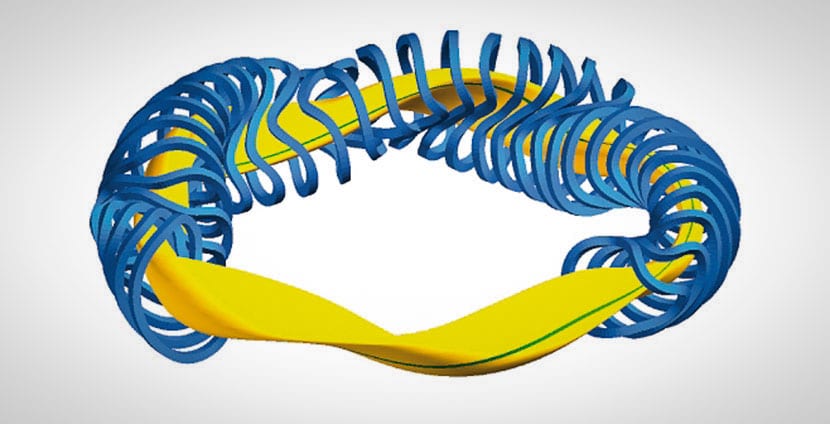More Stellarator News

Written by Tim Lash, Focus Fusion Society Contributor.
Recently we posted an update on the Wendelstein 7-X fusion reactor at the Max Planck Institute for Plasma Physics (MPIPP) in Greifswald Germany. This week sees more news on the stellarator front. Southwest Jiaotong University announced plans to build a stellarator fusion reactor. This undertaking will be in partnership with Japan’s National Institute for Fusion Science (NIFS). NIFS already operates a similar reactor in Japan called the Large Helical Device. NIFS and Southwest Jiaotong University will design, implement and construct, plasma heating, technical diagnostics and ultimately conduct plasma experiments. They will then introduce the helical device to be called CFQS (Chinese First Quasi-axisymmetric Stellarator).
This announcement is on the heels of another Chinese university pursuing stellarator research. In April, the University of South China reached an agreement to acquire a stellarator from the Australian National University (ANU) in Canberra. Over the years ANU has invested $35 million in the reactor. Australian fusion efforts will now focus on trying to gain participation with ITER by supplying core components.
China’s also one of the seven major ITER sponsors jointly funding the construction of the $30 billion nuclear fusion demonstration facility in France. Additionally, China domestically operates four other tokamak reactors. Combined with China’s concerted solar progress, the country’s casting a wide net trying to increase green energy production. As China’s population continues to grow, new energy production will be required. The country is actively trying to scale back its dependence on fossil fuels in the face of this growing energy demand and chronic pollution issues.
This goal of green energy production is one shared with Lawrenceville Plasma Physics (LPP) research efforts. LPP operates a dense plasma focus device called Focus Fusion 1. Their scientific goal is sustained aneutronic fusion from small reactors. Being aneutronic, this approach has even greater environmental benefits than both the stellarator and tokamak reactor designs discussed above.